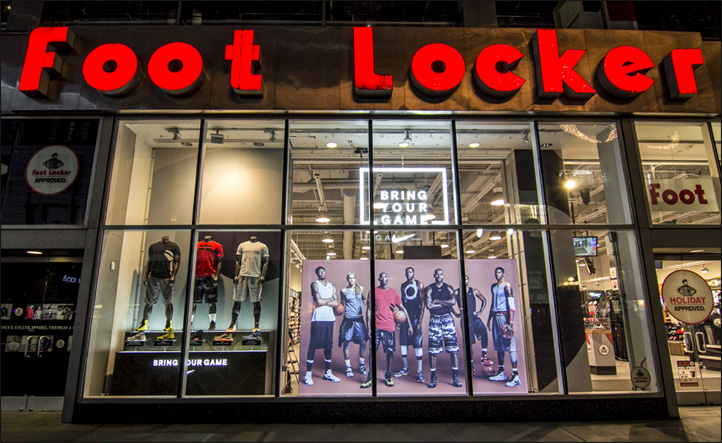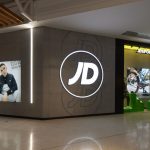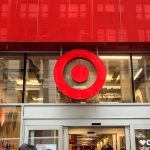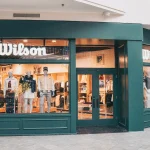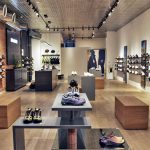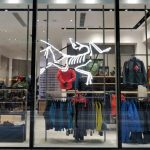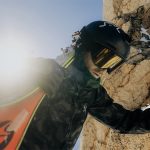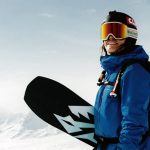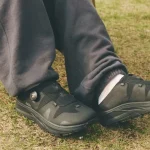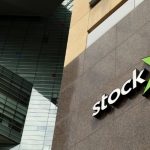By Charlie Lunan
Slowing traffic to its websites rather than its stores clipped Foot Locker Inc.’s (NYSE:FL) profits growth in the quarter ended July 30.
The specialty athletic retailer reported net income of $127 million in the fiscal second quarter, up 5 percent from the year earlier period as lower markdowns at its thousands of stores worldwide more than offset a decline in the merchandise margin of its e-commerce business. At Eastbay, an online-only retailer focused on high school athletes, the shift away from performance and liquidation sales by Sports Authority and Sport Chalet resulted in sales declining in the high single digits. Traffic and prices declined, particularly for cleated shoes and other technical categories.
“In response to the competitive environment and the softening of traffic to our U.S. websites, we were more promotional in our digital businesses than we had expected heading into the quarter,” explained Foot Locker’s EVP and CFO Lauren Peters. “We also spent more to drive traffic to our websites.”
The company’s consolidated direct-to-consumer sales comped up 7.1 percent, driven by Footlocker.com in the United States, where sales grew in the teens, and in Europe and Canada, where the banner’s sales grew at a significantly higher rate.
Malls Far From Dead
At quarter’s end, FL operated 3,401 stores in 23 countries in North America, Europe, Australia and New Zealand, including 23 new stores, 64 that were remodeled or relocated and 18 that were closed. FL Chairman and CEO Dick Johnson said the company’s strong bond with sneaker enthusiasts has enabled its banners, and particularly its Foot Locker family stores, to continue thriving at second-tier malls that have lost – or are expected to lose – department store anchors.
“Our core consumers want to be in our stores. They interact with us digitally on their way to the mall. They, in the mall, will take a photo of the sneaker on their foot, and they’ll tweet it out, or they’ll send it out to their group of friends, and get the responses back. The malls,” Johnson concluded, “are far from dead, regardless of what’s going on with the anchors.”
Banner Breakdown
Foot Locker reported total sales increased 5.0 percent to $1.78 billion during its fiscal second quarter, thanks to the opening of new stores and comparable-store sales growth of 4.7 percent. Excluding the effect of foreign currency fluctuations, total sales for the second quarter increased 5.4 percent.
Foot Locker Canada again set the pace among the company’s nine retail banners, followed closely by Champs Sports. Both grew same-store sales in the low-double-digit percent range.
“Foot Locker Canada pulled off a hat trick, with double-digit gains in footwear, apparel and accessories,” noted Peters. “Champs Sports posted gains in all three areas too, where apparel and accessories constitute the largest sales penetration of any of our banners.”
Foot Locker same-store sales grew in the mid single digits in Europe, the Asia-Pacific and the United States, where the closure of its flagship store in New York City knocked 100 basis points off the growth rate. At Foot Action, where same-store sales were also up mid single digits, total sales were up double digits thanks to the performance of new stores such as State Street in Chicago. Kids Foot Locker saw only a low-single-digit comp increase, but grew total sales nearly 10 percent thanks to the net addition of 26 stores.
Lady Foot Locker Six:02 comped down low mid singles, breaking its two-year streak of comp gains. Although footwear sales remained strong, apparel was down double digits.
“Lifestyle apparel sold well, but we didn’t keep pace with the rapid shift out of performance styles by our female customers,” said Peters.
Footwear continued to be the stand-out category, with an overall gain in the upper end of mid single digits. Running was up mid single digits and so was basketball, where court classics and casual styles led the way with high-single-digit gains. Sales of children’s footwear were up double digits at all of the banners except Kids Foot Locker. Average selling prices (ASPs) and units of footwear also rose.
At the apparel business, ASPs rose but units were down. Peters said the numbers reflect FL’s ongoing shift to more premium apparel assortments. Sales of men’s apparel, by far the largest part of the business, increased in the mid-single digits, and kid’s apparel was up double digits.
“The women’s side, as I mentioned before, was challenged, as were accessories,” said Peters. “The sock business was the main culprit in accessories, still running down double digits, although we generated gains in hats, bags and shoe care products.”
The company’s gross margin improved 40 basis points to 33.0 percent, while the SG&A expenses increased to 19.7 percent of sales from 19.5 percent. Net income rose 5.0 percent to $127 million, and earnings per share rose 11.9 percent to 94 cents due to stock buybacks. The gains were driven by lower markdowns in stores, partially offset by a decline in the merchandise margin of the direct-to-customer business.
“In response to the competitive environment and the softening of traffic to our U.S. websites, we were more promotional in our digital businesses than we had expected heading into the quarter,” said Peters. “We also spent more to drive traffic to our websites.”
“Within the second quarter, we drove comparable sales gains across basketball, running and classic footwear, as well as apparel,” said Johnson. “We also posted gains in all regions and channels in which we operate.”
Cash Hoard Approaches $1 Billion
As of July 30, 2016, the company’s merchandise inventories were valued at $1.34 billion, up 1.7 percent a year earlier, or 1.9 percent in currency-neutral terms.
The company’s cash totaled $945 million, while the debt on its balance sheet was $129 million. The company spent approximately $188 million to repurchase 3.35 million shares during the quarter and paid a quarterly dividend of 27.5 cents, spending $37 million.
“The strong balance sheet puts the company in a strong position to simultaneously invest in its business and return substantial amounts of cash to shareholders through our dividend and share repurchase programs,” Peters.
Lead photo courtesy Foot Locker

